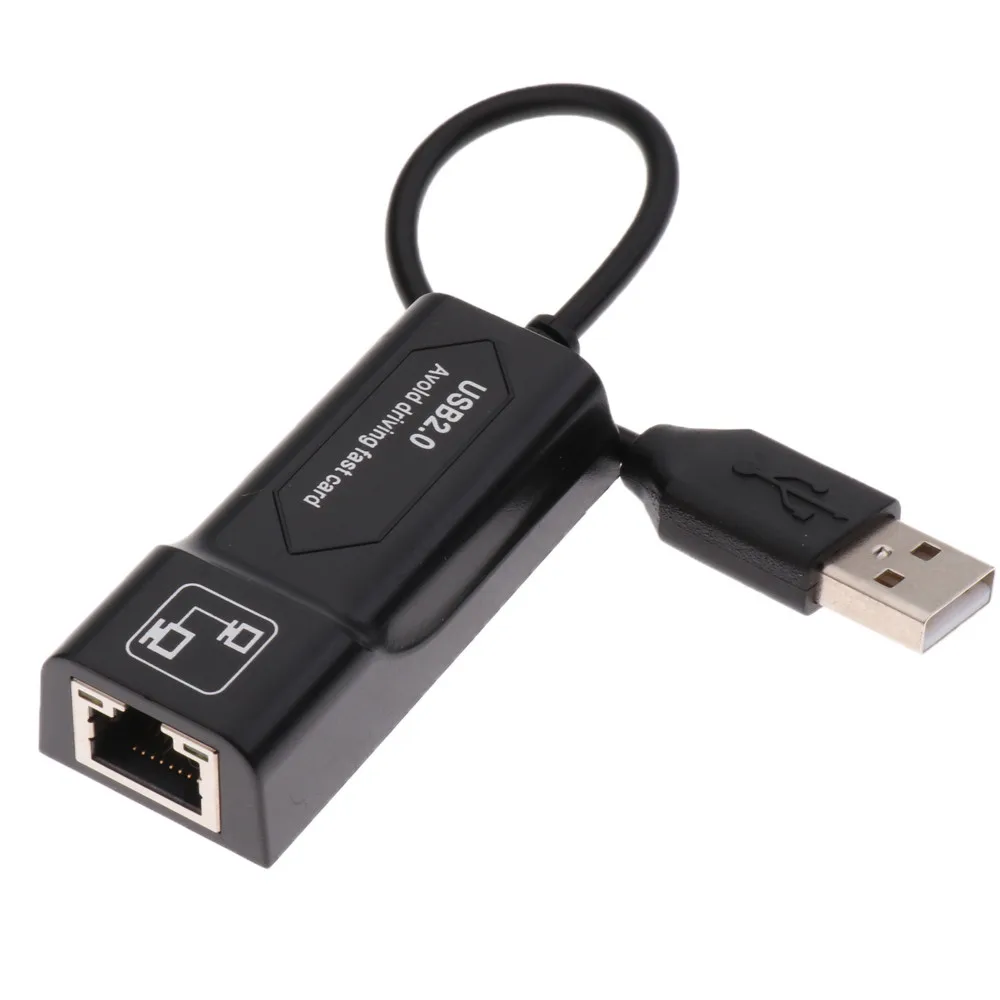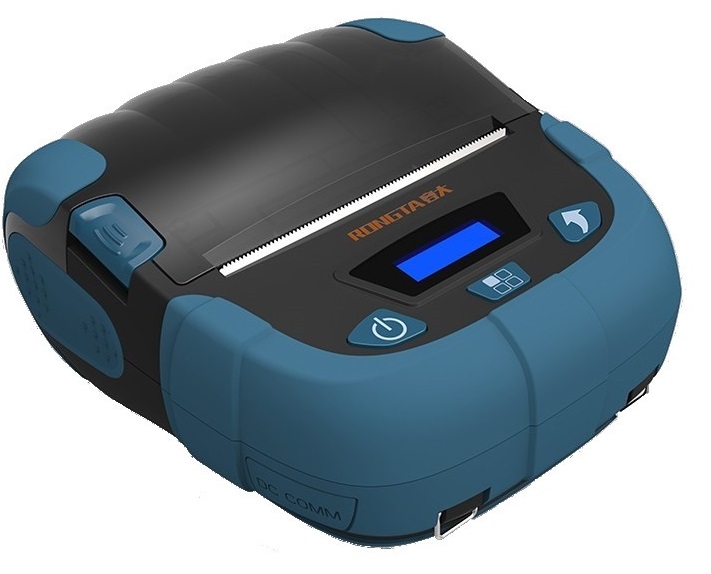
One more thing, I've read some articles/comments that over-subscription affects connectivity due to high traffic. But you have a Macbook, so you can eliminate this from the factors Antivirus - some of my computers perform weaker when this is enabled. The farther the distance, the lower the result.Ĥ. I have run several tests using different combinations, such as the Server, the State or country. and the results have always been different). I have tested my speeds at various websites (, Xfinity, Google, etc. In most cases, the website determines it for you. Internet speed test server - look for the server that gives you the lowest ping. Ethernet cable - although they say Cat 5e works fine, I recommend using Cat 6 or higherģ. Your device - it must be gigabit ready, meaning it has all the specifications that can handle the demands of Internet traffic at such speedĢ. The only way to get full-speed Internet on these desktops is to use Ethernet cables.Internet speed can usually be affected/determined by the following (based on personal experience):ġ. Tablets, cell phones and laptops connected to these routers work perfectly fine and get full-speed Internet. So 5 different WiFi adapters on Windows 7, 8, 8.1 and 10 using different routers do not provide full-speed Internet.

They're getting ~20Mb/s when they should be getting 60Mb/s. This issue also occurs for my step-grandparents who have a Netgear WiFi-N USB Adapter on Windows 7 and another model on a Windows 10 PC, both connected to a WiFi-N router. Issue occurs with Windows 8 and 10 and using the latest drivers doesn't help.


WiFi router is a TP-Link WiFi-N model that works perfectly with mobile devices. None of them will let me use my Internet's full speed (60Mb/s) I get around ~20Mb/s). With my personal high-end gaming PC, I have tried a Belkin and a TP-Link WiFi-N adapter, as well as the integrated WiFi-AC MM.2 adapter card. Why is it that no USB WiFi adapters will allow me to use use the full speed of my Internet connection?


 0 kommentar(er)
0 kommentar(er)
